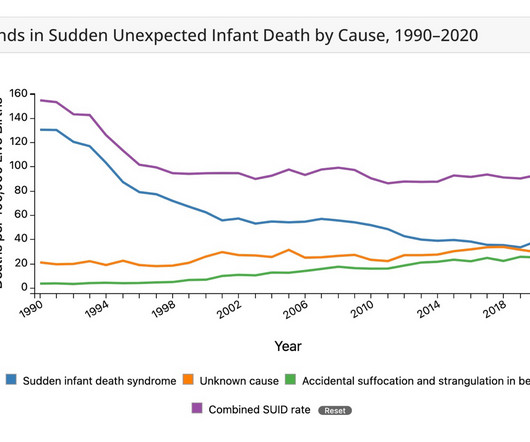But Can You Just PO?
Taming the SRU
DECEMBER 17, 2024
There is substantial evidence that IV fluids can be beneficial in patients with sepsis complicated by hypotension and labor. Other contraindications include those who are unable to drink liquid (respiratory problems or impaired unconsciousness) and patients in shock, persistent vomiting, or with an ileus.



















Let's personalize your content